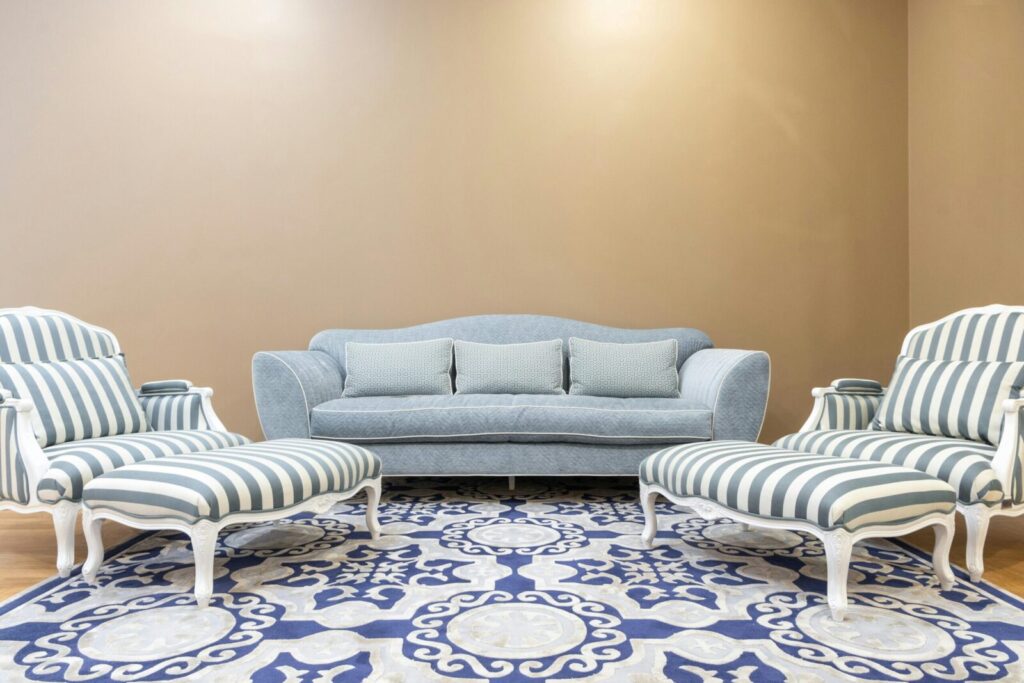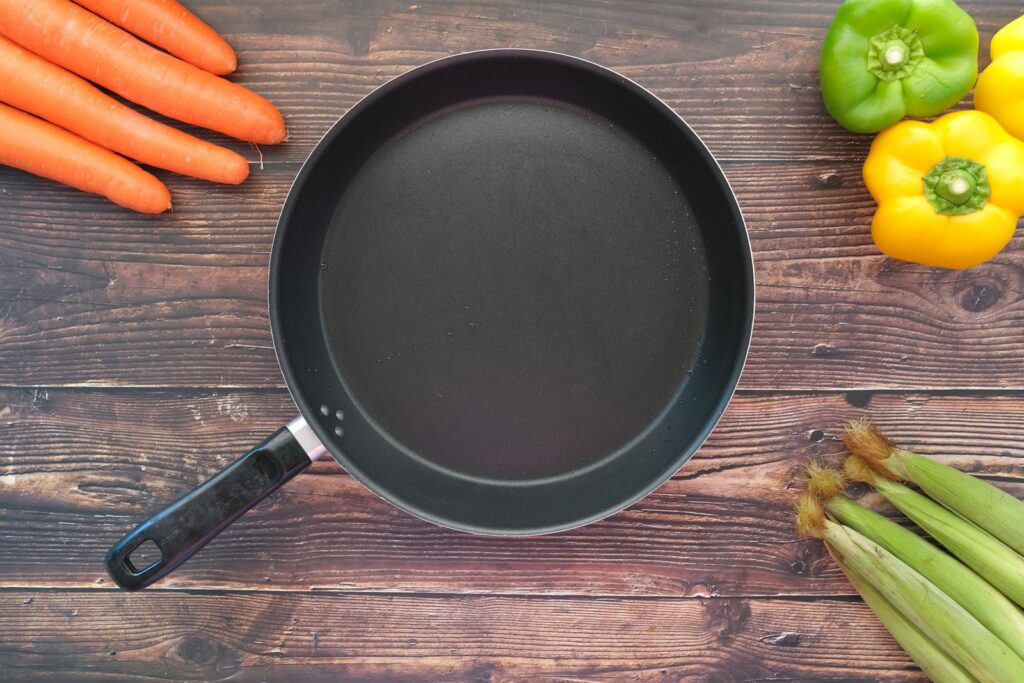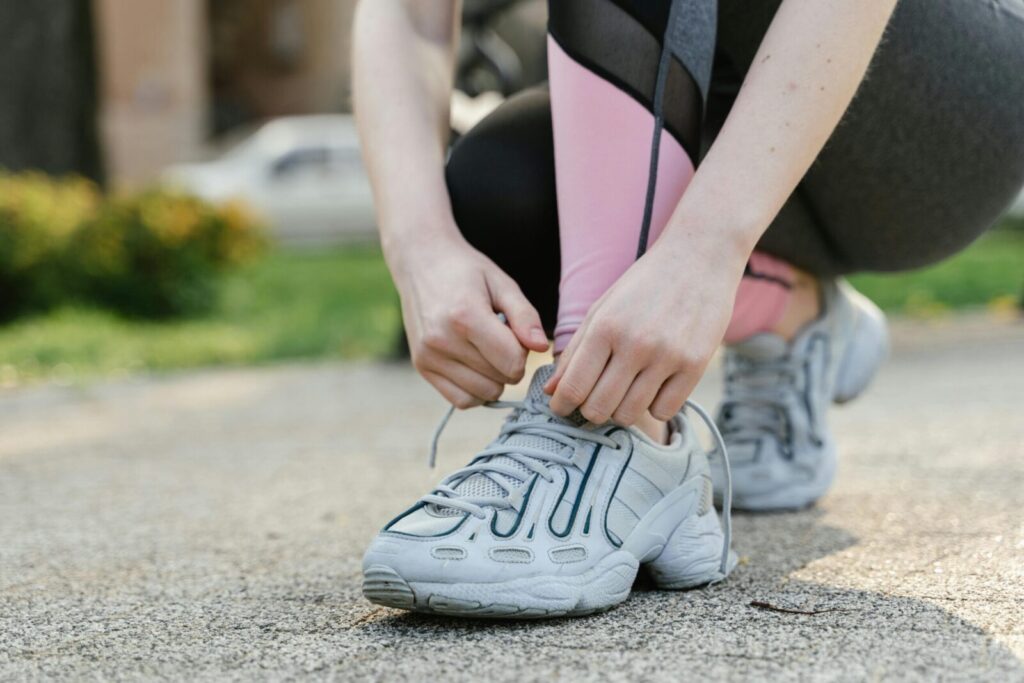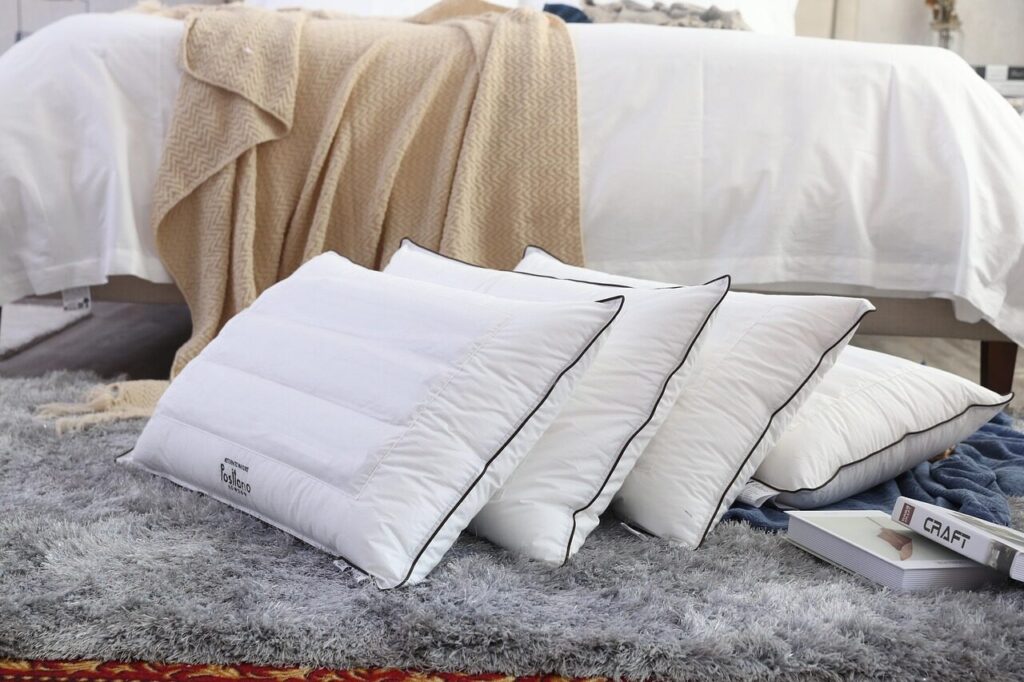Thrifting has become a favorite way to save money, reduce waste, and discover unique pieces that give a home or wardrobe more personality. Yet even the most skilled second-hand shoppers agree that some items simply perform better, feel safer, or last longer when bought new. These are purchases where freshness, hygiene, structural integrity, or modern manufacturing standards make a meaningful difference in long-term value. Knowing which categories fall outside the “thriftable” range helps shoppers make smarter choices and avoid hidden issues that only appear after repeated use. While thrifting is a smart lifestyle choice overall, a few essentials are worth the investment upfront.
1. Mattresses

Thrifting pros consistently advise against buying used mattresses because the layers that support the body deteriorate with years of compression, moisture, and hidden wear. Even a mattress that appears clean may harbor allergens, dust mites, or stains that are not immediately visible. Older models also lose their structural integrity, causing discomfort and poor sleep alignment. A new mattress includes updated materials, warranties, and proper certifications that ensure hygiene and durability. Since people spend hours on a mattress every night, professionals recommend prioritizing a new one to safeguard long-term comfort and health rather than risking the uncertainties of a second-hand option.
2. Helmets and Safety Gear

Safety equipment such as bicycle helmets, skate pads, and climbing gear must be purchased new because their protective components degrade over time or after a single heavy impact. Even if the exterior looks flawless, the internal foam may have already been compromised in ways that cannot be detected visually. Manufacturers also set clear expiration dates for safety gear, meaning older items may no longer meet updated standards. Buying new ensures full protective capability, tested materials, and reliable performance when it matters most. For anything designed to protect the head or body, thrift professionals agree that safety should never be left to chance.
3. Upholstered Furniture

While solid wood pieces often make excellent thrift-store finds, upholstered items like sofas and cushioned chairs are more problematic. They can harbor pests, moisture, and lingering odors deep within padding layers that even professional cleaning may not fully eliminate. Over time, frames loosen, springs sag, and foam loses resilience, making used pieces less supportive and far less hygienic. New upholstered furniture, however, is built with fresh materials, stable joinery, and modern fabrics engineered to withstand wear. Thrifting experts recommend buying these items new to ensure comfort, longevity, and peace of mind, especially for pieces used daily in living spaces.
4. Non-Stick Cookware

Non-stick pans and pots are designed with coatings that break down from heat, abrasion, and frequent use, which makes second-hand versions unpredictable in both performance and safety. Many used pieces already have scratches, uneven surfaces, or compromised layers that reduce efficiency and shorten their remaining lifespan. Thrifting pros suggest buying non-stick cookware new so buyers can confirm the coating material, brand quality, and care requirements. A fresh pan heats evenly, lasts longer, and supports safer cooking habits. Compared to the uncertainty of a worn, thrifted option, new cookware provides greater reliability for everyday meals.
5. Shoes and Running Sneakers

Shoes naturally mold to the shape and gait of their original owner, which means second-hand pairs rarely provide the right support for someone new. The midsole, which cushions each step, compresses with use and cannot recover once worn out. Running shoes also have mileage limits set by manufacturers, and thrifted pairs often exceed them without outward signs of damage. Thrifting pros recommend purchasing footwear new to ensure proper alignment, cushioning, and hygiene. Fresh shoes offer predictable performance, reduce strain on joints, and last longer, making them a far better investment than a bargain pair with an uncertain history.
6. Pillows and Bedding Essentials

Items that come into close contact with the body, especially pillows, mattress toppers, and essential bedding, accumulate oils, moisture, allergens, and dust mites that washing cannot always fully remove. Their internal fillings flatten over time, reducing comfort and support. Used bedding may also carry odors or stains not visible at first glance. Buying new ensures access to modern materials like hypoallergenic fill, breathable fabrics, and cleaner construction. Thrifting pros strongly recommend investing in fresh bedding for both hygiene and comfort. New pillows and essentials last longer, feel better, and guarantee a level of cleanliness second-hand options simply cannot offer.
Comments